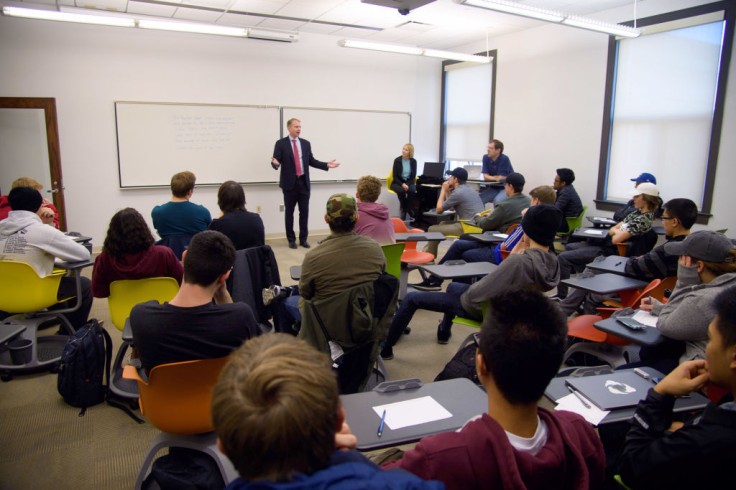
Latino college students confront an alarming surge in attrition rates, as evidenced by the latest findings from a Gallup poll.
The study exposes the challenges faced by Latino students in higher education, particularly concerning Hispanic enrollment and first-generation college students, which threaten the significant progress made by this community.
A recently conducted Gallup poll reveals a disconcerting trend within the realm of higher education, showing that over half of Latino college students considered abandoning their academic pursuits in the past year. This represents a significant increase compared to 2020, marking a worrisome surge in attrition rates among Latino college students.
Hispanic Enrollment Soars, but Challenges Persist
For decades, Hispanic enrollment at four-year colleges and universities has been on an upward trajectory, reaching new heights in 2022.
However, this growth is overshadowed by the challenges faced by Latino students, notably in terms of affordability and accessibility. The poll, conducted in collaboration with the Lumina Foundation, sheds light on these obstacles and their implications for Hispanic enrollment.
While Latino college students encounter challenges that are akin to those faced by their peers from diverse backgrounds, such as the high cost of attendance, academic stress, and difficulties with coursework, there are also unique factors at play.
One noteworthy aspect is the prevalence of first-generation college students within the Latino community, which adds an additional layer of complexity to the educational experience.
Unique Struggles of First-Generation College Students
The Gallup poll indicates that approximately 52% of Hispanic college students surveyed considered taking a break from their coursework for at least one term in the past year.
This is a significant increase from 2020, showcasing the escalating rates of attrition within this demographic.
In contrast, the rates among other racial and ethnic groups are notably lower, with roughly 43% of Black students, 36% of white students, and 30% of Asian students pondering similar breaks.
A significant portion of Latino college students are also first-generation college attendees, meaning they are the first in their families to embark on this educational journey.
This unique status brings its own set of challenges, such as navigating the complex world of higher education without the benefit of familial precedent.
In light of these concerning trends, it is imperative for higher education institutions to adapt and offer targeted support for Latino college students, especially those who are first-generation students.
The data from the Gallup poll underscores the need for more accessible and affordable education pathways and also highlights the importance of addressing the mental health and well-being of students.
In response to these challenges, some colleges and universities have taken proactive measures.
In September, 14 institutions received the seal of Excelencia for their dedication to enrolling and retaining Latino students in higher education.
One such institution, the University of Central Florida, has initiated the LEAD Scholars Academy, a program that nurtures leadership skills and has contributed to higher retention rates among Latino students.
Embracing Diversity in Higher Education
This poll, along with the subsequent dialogue surrounding it, underscores the urgency for educational institutions to adapt to the evolving needs and experiences of their diverse student populations.
With attrition rates among Latino college students continuing to rise, it is essential to address the multifaceted challenges these students face, including those associated with Hispanic enrollment and the experiences of first-generation college students.
In doing so, higher education can better serve and support all its students, regardless of their background or circumstances.